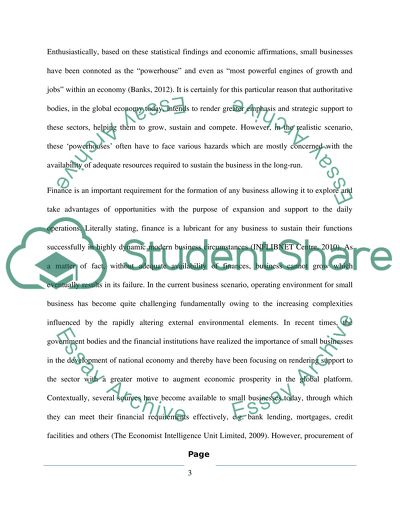Cite this document
(“Financing a Business Magazine Article Essay Example | Topics and Well Written Essays - 2000 words”, n.d.)
Retrieved from https://studentshare.org/finance-accounting/1466156-financing-a-business-magazine-article
Retrieved from https://studentshare.org/finance-accounting/1466156-financing-a-business-magazine-article
(Financing a Business Magazine Article Essay Example | Topics and Well Written Essays - 2000 Words)
https://studentshare.org/finance-accounting/1466156-financing-a-business-magazine-article.
https://studentshare.org/finance-accounting/1466156-financing-a-business-magazine-article.
“Financing a Business Magazine Article Essay Example | Topics and Well Written Essays - 2000 Words”, n.d. https://studentshare.org/finance-accounting/1466156-financing-a-business-magazine-article.


